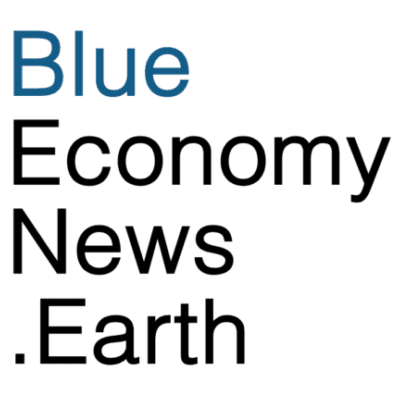One Earth, a global network of climate strategists and storytellers driving science-based action, has released Minding the Gaps, an analysis of U.S. climate and sustainability funding to a detailed science-based climate solutions roadmap.
The report was developed in partnership with Vibrant Data Lab’s open-source system which tracks nearly $400 billion in private investments and philanthropic grants across more than 10,000 U.S.-based companies and nonprofits. It combines that data with the One Earth Solutions Finance Tracker, which maps how climate funding is flowing to 75 solution pathways across three pillars of action – Energy Transition, Nature Conservation, and Regenerative Agriculture.
The partners said this is the first time the have had an integrated view of how both philanthropic and investment capital are flowing to detailed climate solutions, offering a holistic view across philanthropy, business and the climate movement.
The findings expose critical gaps that need to be filled:
- 89% of capital flows tracked go to energy, while only 4% supports nature conservation. This is not nearly enough to protect, restore, and reconnect approximately 50% of the Earth’s lands and oceans needed to stabilize the climate and safeguard biodiversity, as identified in One Earth’s Global Safety Net.
- Less than 6% of philanthropic capital reaches Indigenous-led land tenure, despite its proven centrality to protecting ecosystems.
- Regenerative agriculture receives only 7% of total climate finance, with nearly half of that funding going to just three solutions.
“Nature is noisy, and as ecologists we look for the signal in the noise,” said Eric Berlow, CEO of Vibrant Data Labs. “In many ways that’s what this report does, it signals to funders where they can fill under-funded gaps at an unprecedented level of detail. The good news is that we actually know what needs to be done – and it’s doable. The challenge we face is that it all needs to be done. No single silver bullet will solve this crisis – more strategic collaboration across all solutions is what’s needed.”
With regards to nature and land conservation, it’s estimated that $600 billion per year in conservation funding is needed to protect critical areas at scale. Currently, carbon credits, philanthropy, and government spending provide only about $140 billion–not nearly enough.
The report also shows the ways that energy and agriculture financing are being misdirected, or funding incomplete or even counterproductive efforts, but points to opportunities to better finance climate progress.
- Within the 89% of funding directed to clean, renewable energy solutions, 50% of that money is directed to Solar PV, which One Earth estimates will make up just about 21% of the future global energy consumption mix needed by 2055. The relative energy mix needed identified by One Earth must include a diverse set of solutions across renewable power, heat, transport and energy efficiency.
- Equitable energy access also remains a challenge. While a significant amount of money is flowing to renewable energy, only 3% of the funding goes to for-profit companies that are attempting to close the access gap by building energy infrastructure for underserved communities.
- Despite the critical need to rebuild soils and reshape our food systems, less than 2.5% of funding supports core regenerative agriculture practices such as agroforestry, cropland restoration, and biochar. The majority flows toward meat-free proteins and plant-based food products. However, most of these products are being grown without regenerative practices, meaning we risk replacing meat with monocultures that degrade soil health and erode local biodiversity.
“Momentum is growing around climate solutions, with large-scale investment and so many funders trying to do the right thing,” said Justin Winters, Co-founder and Executive Director of One Earth. “What this data shows is where gaps exist, and where investment could be deployed more powerfully. Minding the Gaps is the start of a conversation – data that can drive collaboration between funders, mobilize action, and help build a more effective movement.”
Minding the Gaps is the first in a planned series of reports spotlighting critical climate finance gaps identified through the One Earth Solutions Finance Tracker. Future editions may focus on women-led climate solutions and other urgent funding opportunities.

